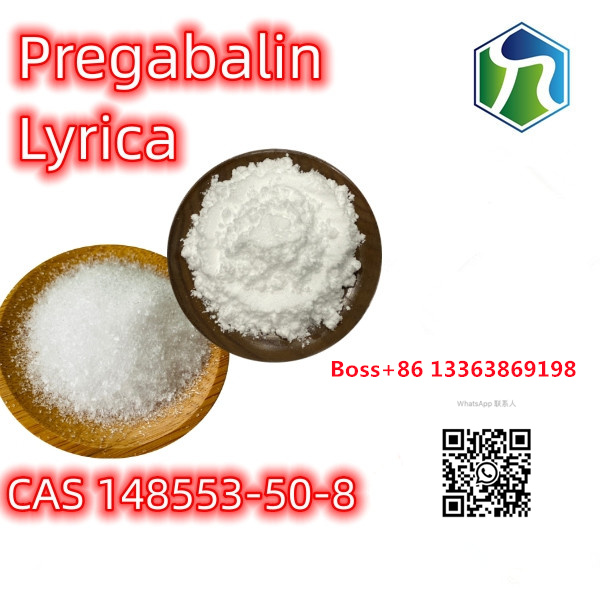
- +86-13363869198
- weimiaohb@126.com

Nov . 24, 2024 15:27 Back to list
Synthesis and Applications of DiethylPhenylacetylmalonate in Organic Chemistry Research
Exploring Diethyl(phenylacetyl)malonate A Comprehensive Overview
Diethyl(phenylacetyl)malonate, with the CAS number 20320-59-6, is a compound of notable interest in the realms of organic chemistry and pharmaceutical development. Its unique molecular structure and reactivity make it a valuable building block for synthesizing various chemical entities. This article aims to discuss the chemical properties, synthesis, applications, and safety considerations associated with diethyl(phenylacetyl)malonate.
Chemical Structure and Properties
Diethyl(phenylacetyl)malonate features a malonic acid derivative with two ethyl ester groups and a phenylacetyl moiety. The compound's molecular formula can be expressed as C15H18O4, indicating a relatively complex structure. The presence of both ester and ketone functionalities contributes to the compound's reactivity, making it suitable for various synthetic transformations.
The compound is typically a colorless to pale yellow liquid, with a sweet, slightly fruity aroma. Its solubility in organic solvents such as ethanol or methanol enhances its utility in laboratory settings and industrial applications. The melting and boiling points fall within moderate ranges, which must be considered during storage and handling.
Synthesis
The synthesis of diethyl(phenylacetyl)malonate can be achieved through several methods. One common approach is the condensation of diethyl malonate with phenylacetyl chloride in the presence of a base such as pyridine or triethylamine. This reaction forms the ester linkages essential for the compound's structure.
Another pathway involves the use of appropriate catalysts and reaction conditions to facilitate the transformation of malonic acid derivatives into their corresponding arylacetyl derivatives. The versatility in synthesis allows chemists to modify the reaction conditions to optimize yield and purity.
Applications
diethyl(phenylacetyl)malonate cas 20320-59-6

Diethyl(phenylacetyl)malonate has a range of applications primarily in organic synthesis and drug development. Its reactivity allows it to participate in various chemical reactions, including alkylation, acylation, and cyclization processes.
In medicinal chemistry, derivatives of diethyl(phenylacetyl)malonate serve as precursors for bioactive molecules
. For instance, it can be modified to obtain potential anti-inflammatory agents, analgesics, or other therapeutic compounds. The compound's ability to act as a scaffold for various functional groups enhances its relevance in drug discovery.Moreover, this compound finds utility in the production of agrochemicals. Its derivatives can be synthesized to create effective pesticides or herbicides, showcasing the compound’s versatility across disciplines.
Safety Considerations
While diethyl(phenylacetyl)malonate offers numerous benefits, it is essential to consider safety and handling precautions. As with many organic compounds, it may pose health risks if not managed appropriately. The compound should be stored in a cool, dry place, away from incompatible materials such as strong oxidizing agents.
Personal protective equipment (PPE), including gloves, goggles, and lab coats, should be worn when handling this compound to minimize exposure risks. In the event of accidental contact or inhalation, appropriate first-aid measures should be taken, and medical assistance should be sought if necessary.
Conclusion
Diethyl(phenylacetyl)malonate, under the CAS number 20320-59-6, represents a significant compound in organic synthesis and pharmaceutical research. Its unique properties, synthesis avenues, and applications make it a compound of interest for chemists and researchers alike. By exploring the various aspects of this compound, including its applications and safety considerations, we can better appreciate its role in advancing both scientific knowledge and practical applications in various fields.
As research continues to expand on the synthesis and application of diethyl(phenylacetyl)malonate, the potential for new discoveries and innovations remains great, offering exciting prospects for the future of organic chemistry and its contributions to medicine and agriculture.
-
GS-441524 White Liquid Production for Factories | AI-Optimized
NewsAug.02,2025
-
AI-Optimized CAS: 79099-07-3 Factories for High Yield
NewsAug.01,2025
-
Premium CAS 1451-83-8 Factory with GPT-4 Turbo | AI-Optimized
NewsJul.31,2025
-
Pharmaceutical Intermediates - AI-Optimized Synthesis & Purity
NewsJul.31,2025
-
Top CAS: 79099-07-3 Factories & Wholesale Supplier from China
NewsJul.30,2025
-
High-Quality GS-441524 for White Liquid Type Factories & Suppliers
NewsJul.29,2025